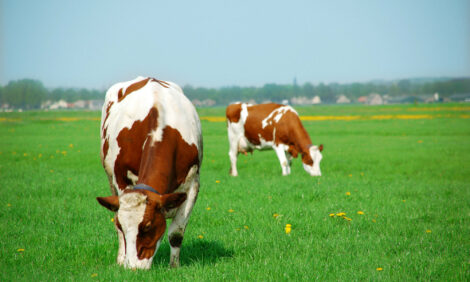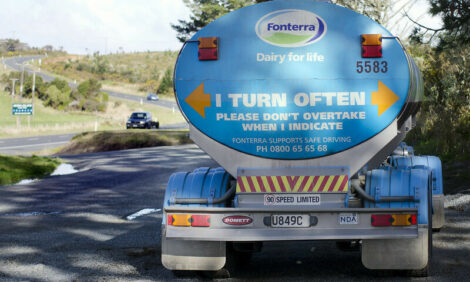



Don’t Have a Cow, but Australia’s Got Another Solution!
AUSTRALIA - In addition to making headlines on the first day of Bali by ratifying the Kyoto Protocol and putting pressure on the US to do the same, Australia’s been making scientific headlines for a different kind of progress… Helping cows and other livestock become methane-free! First Rudd’s success, now ‘roos…Globally, emissions from livestock are estimated to be 28 percent of “manmade” greenhouse gas emissions! Japanese researchers calculated that the production of each kilogram of beef had an average greenhouse impact of 80 pounds of CO2. But its not just meat — though global demand for red meat is increasing annually — its also the production of leather, dairy products, goat cheese, and wool. And while agricultural energetics and the benefits of eating locally might not rationalize the entire world giving up all animal products cold turkey, reducing the global GHG impact of lifestock would be a great improvement.
British researchers have proposed changing the grasses fed to cows in order to reduce methane production, as grasses with higher levels of sugar allow the bacteria within a cow’s stomach to process food more efficiently into energy, while producing less methane. Meanwhile, the Swiss Ruminant Nutrition Group has discovered that diets rich in plant fats (from sunflower seeds or flaxeed) as well as tannins and saponins, make it possible “to reduce the emission of methane up to 20 percent,” according to Professor Kreuzer at ETH Zurich. But saponins taste soapy and tannins are bitter for cows, and such food additives don’t address grass-based pasture farming.Researchers in Wales have started feeding cows increased amounts of garlic, which can decrease the amount of methane produced by cows by up to 50 percent, but certainly doesn’t improve cow-breath, and is actually illegal in Switzerland (because of the garlic taste that ends up in the milk and meet). Other researchers have proposed giving cows pills filled with methane-reducing chemicals that would have the same effect as garlic, with less impact on taste (though even more chemicals and chemical processing).
But Australia is proposing another solution — kangaroos! Methane produced from cattle farming contributes 15 percent of Australia’s emissions and in New Zealand, livestock methane is responsible for closer to 50 percent of all greenhouse gas emissions. But while grazing on the same grasses (and without eating garlic) kangaroos produce no methane at all, because of the particular bacteria found in their stomachs that produce acetate instead.
While some kangaroo farmers are hoping the world will switch over to ‘roo sausages (and sweaters?), scientists like Athol Klieve, a Queensland research scientist, are trying to isolate those bacteria and move them into cow stomachs. This would make cows produce less methane AND harness more of the energy from the food they eat! While this might be a few years down the research track, the new reports from Queensland are generating a lot of excitement (not to mention flatulence jokes).
Source: It's Getting Hot In Here


